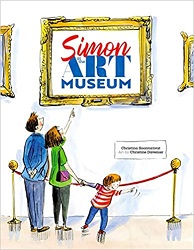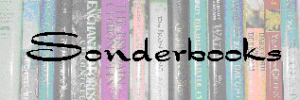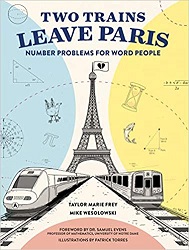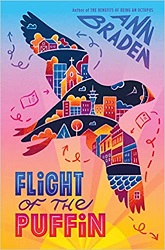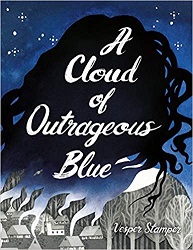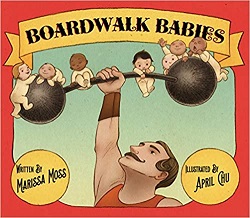Review of Simon at the Art Museum, by Christina Soontornvat, art by Christine Davenier
by Christina Soontornvat
art by Christine Davenier
Atheneum Books for Young Readers, 2020. 36 pages.
Review written July 2, 2021, from a library book
Starred Review
I was happily disposed to Simon at the Art Museum as soon as I opened the cover and saw the Musée d’Orsay in Paris filling the end papers. (I’ve spent some happy hours there.) It isn’t named, and there’s an “Art Show” sign in English, but it’s enough for me. As the book begins, Simon and his parents enter the museum, and Simon shouts his greetings.
“Shhh,” whispered Simon’s mom.
“Sweetie, remember what we agreed about inside voices?”
Simon is still enjoying the big building with its slippery floors. This part had me won over:
Simon and his parents looked at the art together.
They looked at more art.
And then more.So. Much. Art.
What IS it with this place? thought Simon,
before remembering that it was, in fact, an art museum.“Is that a swimming pool?” asked Simon.
“It’s a reflecting pool,” whispered his dad.
“It’s a work of art too, just like the paintings.”Simon casually suggested they could make the art even better if they chased the pigeons along its edge.
After that, his parents decided they wanted to hold his hands.
Of course, the pictures accompanying those words make them all the more delightful. Simon’s noticing things – maybe not the same things as his parents.
In another gallery, Simon sits while his parents look at the art, and I love the things he sees as he watches the people looking at the art.
Just when I wondered why they made the choice to portray Simon and his parents as white when the author (who won TWO Newbery Honor awards last year) is a person of color, I came across the probable reason why – when they found a child in a painting very like Simon. (I assume it’s a real painting and wish they had a note. Though I suppose even if it’s a generic Impressionist painting, it makes more sense having a white child in the picture.)
If I had small children and I was planning to visit a museum, I’d read this book together first. It’s a great jumping-off point for talking about what museums are like – but it also reminds parents to see things from their children’s eyes. And for older folks like me who don’t have young kids – this picture book simply makes me smile.
Find this review on Sonderbooks at: www.sonderbooks.com/Picture_Books/simon_at_the_art_museum.html
Disclosure: I am an Amazon Affiliate, and will earn a small percentage if you order a book on Amazon after clicking through from my site.
Disclaimer: I am a professional librarian, but the views expressed are solely my own, and in no way represent the official views of my employer or of any committee or group of which I am part.
What did you think of this book?
